Transitioning From Your Office to Home in 4 Simple Steps
In recent years, working from home has become increasingly popular. Before the global lockdown, 4.7 million people worked remotely every single day - that's 3.4 percent of the entire population! And while some companies already have flexible out-of-office policies, and a lot of workers choose to remotely, billions of businesses have now been forced to enact mandatory work-from-home policies due to COVID-19.
For many people, maintaining concentration, motivation, and structure from their home office is a struggle. However, studies have found that productivity can actually improve while working at home - you just need to know how to create the right conditions.
Interior design has a huge impact on how you can harness your creativity in a new environment. Things like location, colors, decorations, and furniture have a big effect on your mental and physical state. In fact, bright lighting has been shown to make people happier, ambient sounds help people focus, and poor air quality can lead to a drop in productivity.
These four simple steps facilitate a seamless transition from your office to home, so your professional work can continue as normal.
Pick a Realistic Location

Where you base your home office is key! You need to be away from distractions and in an uncluttered area. It doesn't necessarily have to be a separate room, it could be a corner or the dining table, so long as you know it's quiet and has little or no movement going on around it.
A great idea is to position yourself near a window or somewhere with a view. This small exit to the outside world can help you feel connected to other people without being too overbearing. A window can also bring plenty of natural light, creating a bright space for you to get to work.
If the natural light is too much, translucent window shades or blinds can help reduce the glare on your computer without darkening your room. Alternatively, if your home office doesn't get any natural light, add softly-lit lamps to give the space a cozy feel. Another great tip is that mirrors and light-colored walls give the illusion of more space - so you can easily make your work environment appear larger than it is.
Mimic Your Company Branding

Echoing your office branding is an effective way to remind yourself that you're at work. While you don't have to recreate every element of your office in your house, mirroring the setup can keep a sense of continuity in your routine.
If possible, aim to use the same branding colors from your office - you could even contact your office administrator and ask them for the exact shades. Then, apply these colors to small details around your home office. For example, if your company logo is a dark blue, invest in dark blue stationery or a dark blue rug. These items should only be accents in the space, they shouldn't overpower it.
Likewise, try to integrate messaging from your company; this could mean framing a motivational quote you often hear at work or your own personal mission statement for your role. Hang it somewhere close to your workspace, so when you look up, you get a little positive encouragement.
Include Plants

One of the benefits of working from home is that you can experiment with new additions. Live plants are not only very fashionable right now, but they can also lighten your mood and make your home office look fresher.
Plants equally help with feelings of claustrophobia because they act as a transition from outdoors to indoors. Plus, nature in a work environment has a physical effect on your health - it oxygenates the air, making it cleaner to breathe.
Don't worry if your home office doesn't get much sunlight either, plants such as dragon trees, bromeliads, Chinese evergreen, and peace lilies don't need a lot of light to survive.
Prioritize Your Comfort

A general rule of thumb professional designers use for their workstations is to allow at least 60” (150 cm) in width and 84” (210 cm) in depth. These measurements provide enough space for your computer, screen, notepad, coffee, and other materials without feeling restricted or damaging your posture.
Posture is crucial for your productivity - it has long-term repercussions and you can't think clearly if you're in pain. Be sure to invest in furniture and ergonomic supports that are practical. Pieces like a standing desk, a laptop stand, and a footrest all promote good posture and reduce the risk of sore muscles.
At the same time, this type of furniture can still set the personality for your remote office. Don't be scared to play with silhouettes and how you layer furnishings. Styles like Mid-Century Modern or Art-Deco are timeless and have the potential to add a little luxury to a home office.
If you're stuck for inspiration, DecorMatters partners with over 30 of the best furniture brands and retailers on its app, so users can browse and pair pieces in their virtual homes in seconds.
Explore Creative Projects
Devoting a little time to your home office can do wonders for your productivity and your happiness. It can also provide a sense of familiarity from your previous office and make the change less disruptive.
The DecorMatters app is a brilliant tool to make home renovations easier and keep you creative during a lockdown. Using augmented reality and artificial intelligence, you can experiment with different home office looks. Plus, with over four million users on the app, you can socialize and collaborate on home office projects too.
Building your new home office doesn't have to be a daunting task. Instead, see it as an opportunity to develop your interior designer expertise or bring to light your hidden artistic talent.
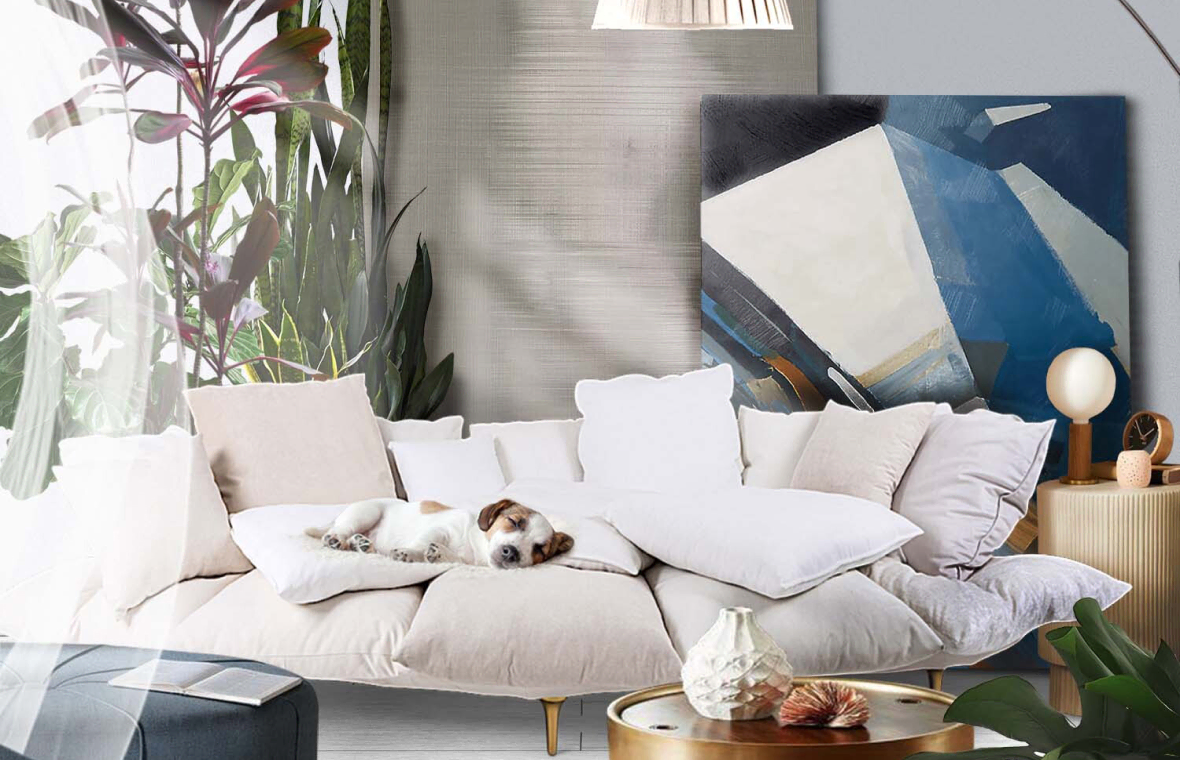
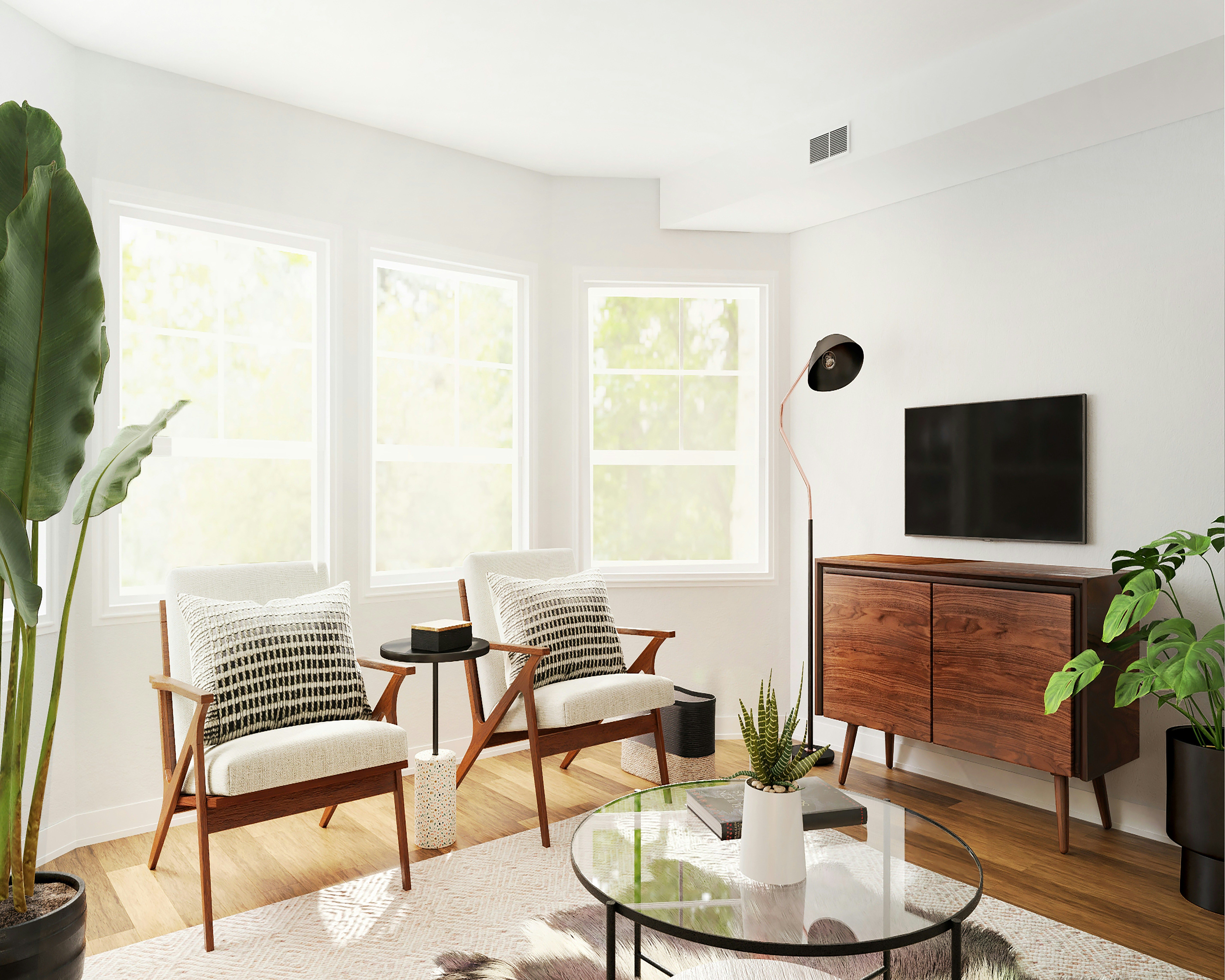
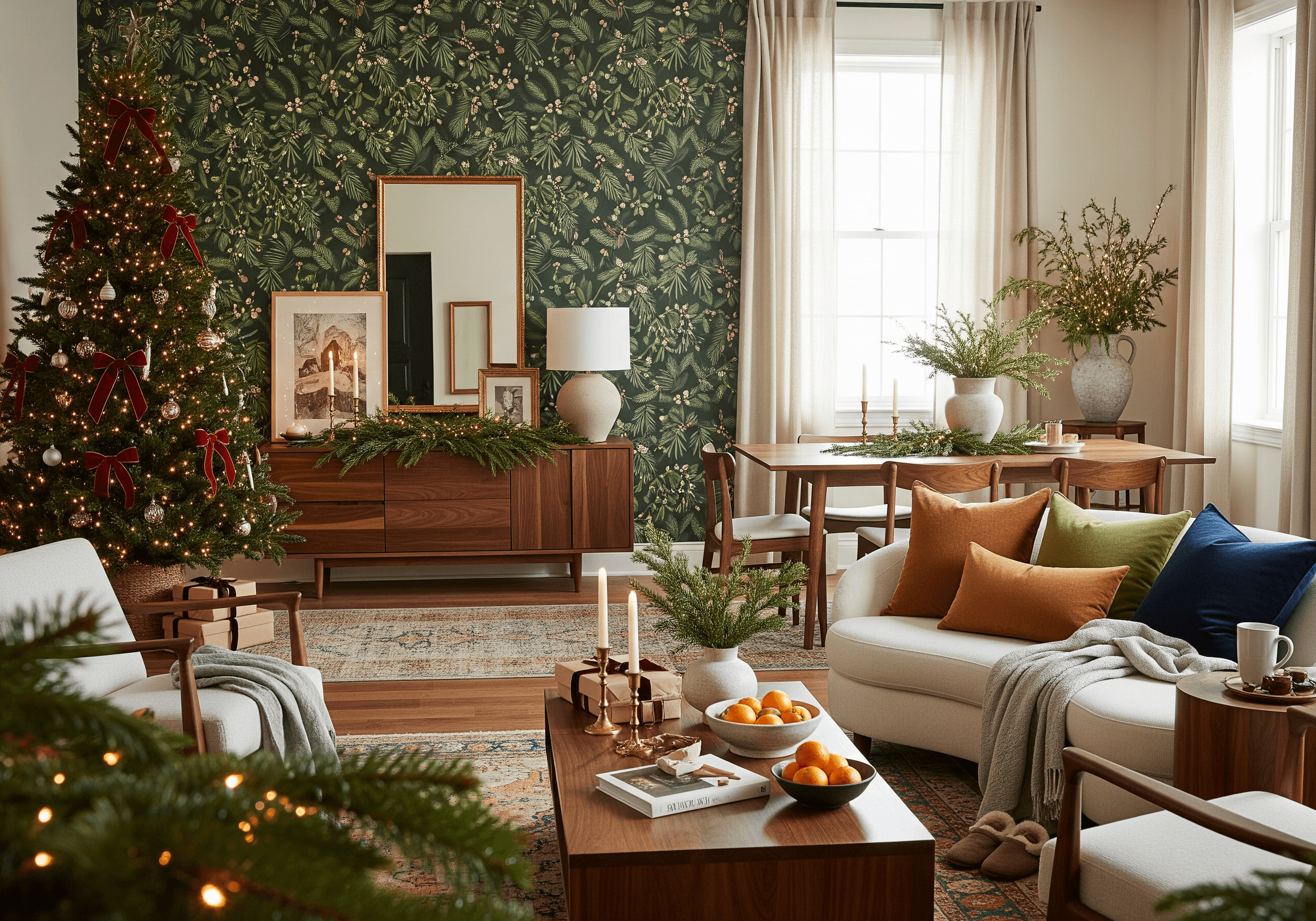
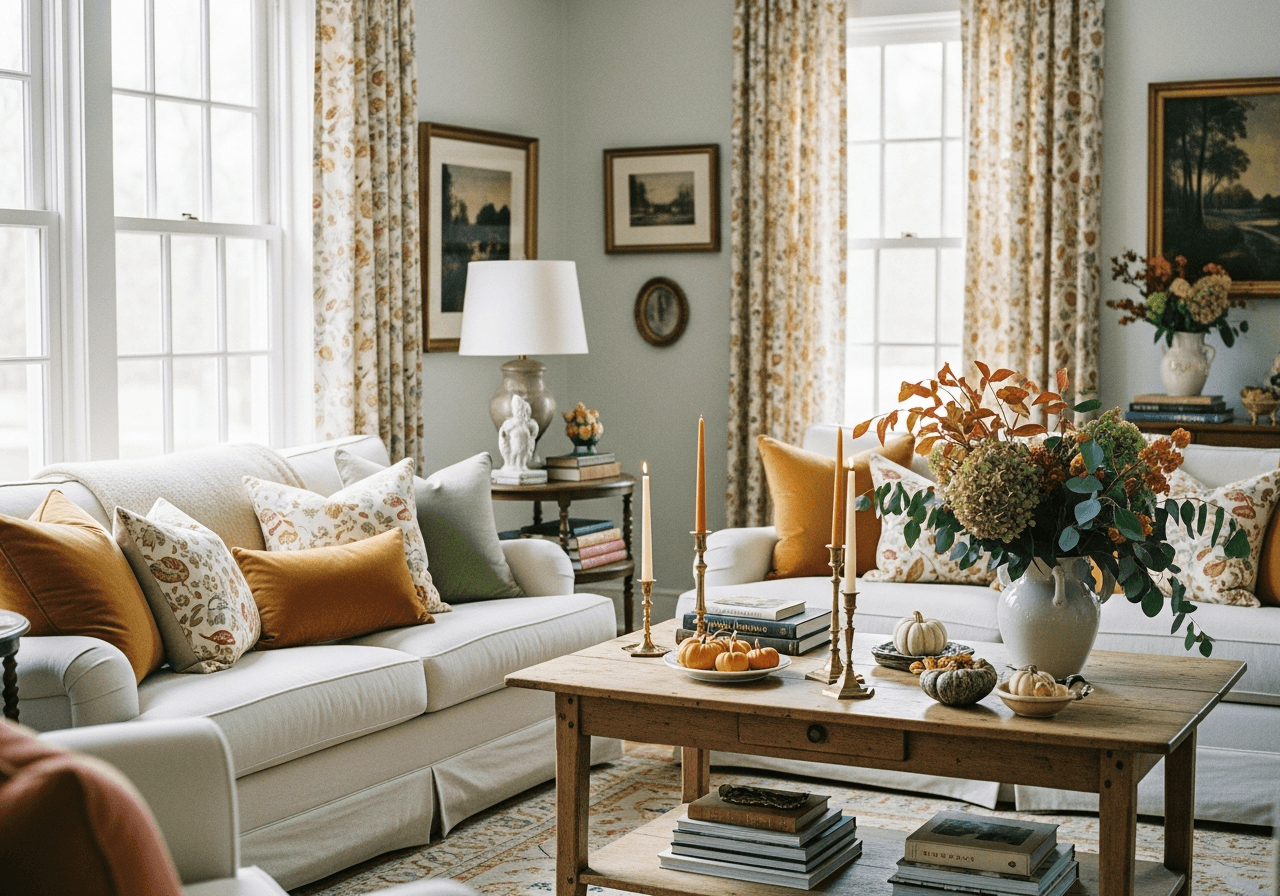
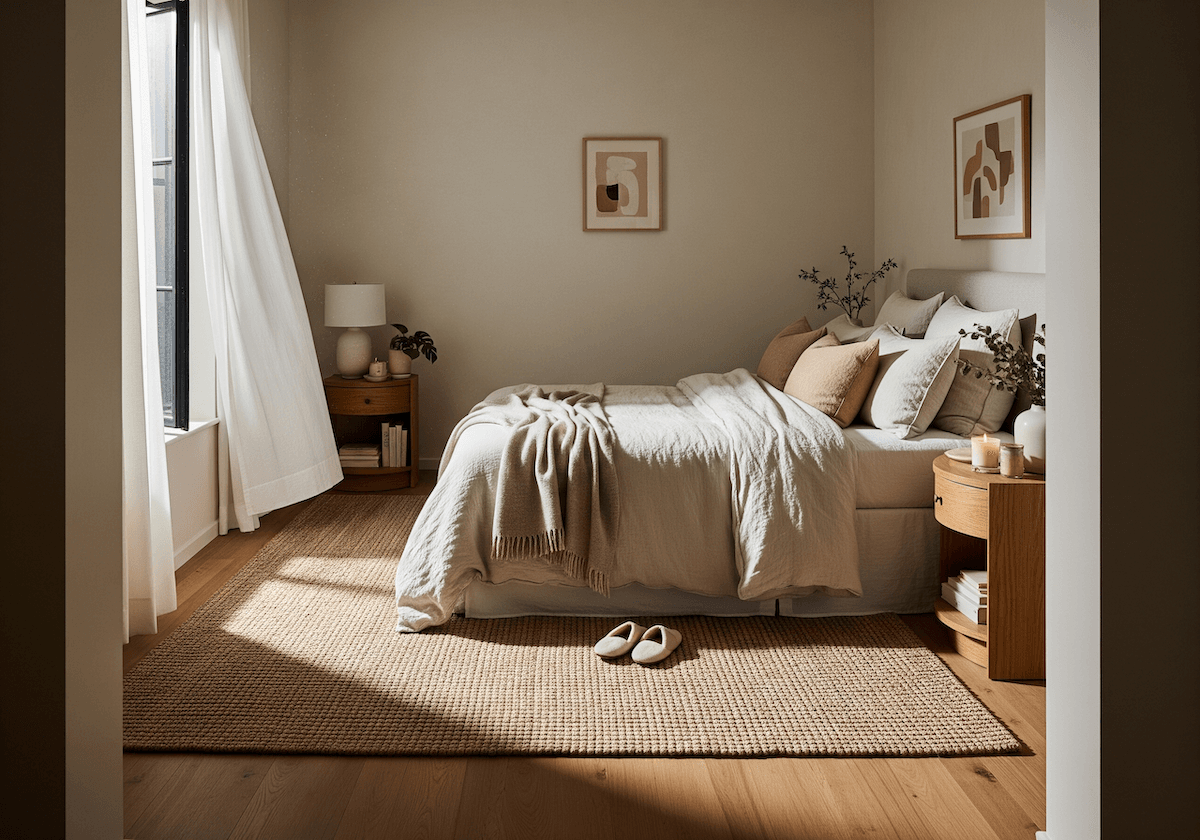

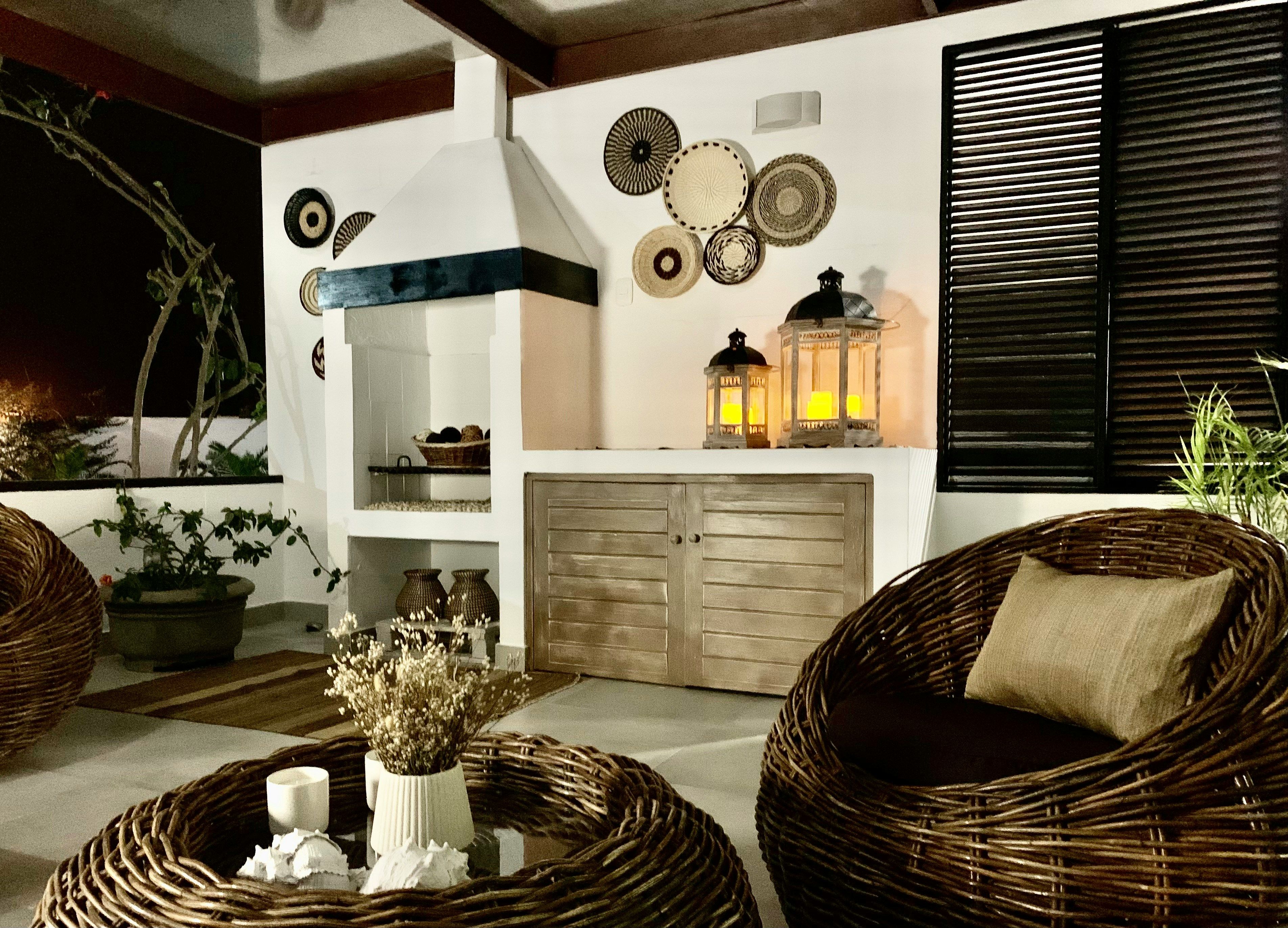


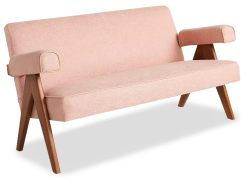

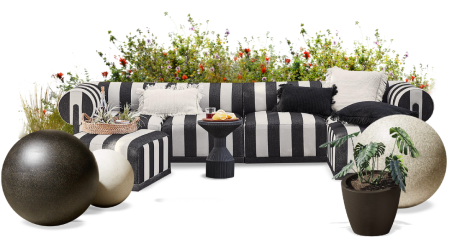
 20h left
20h left




